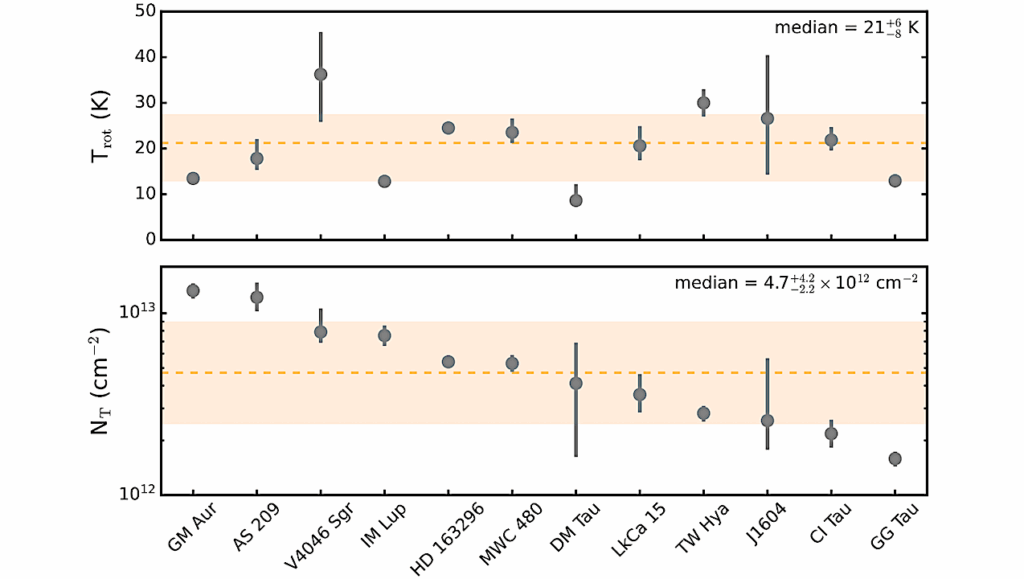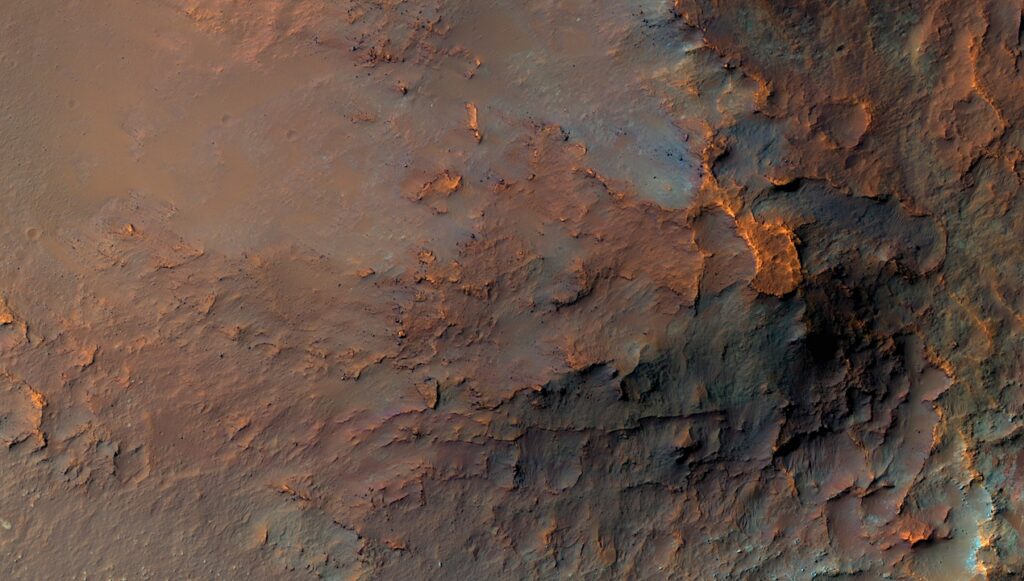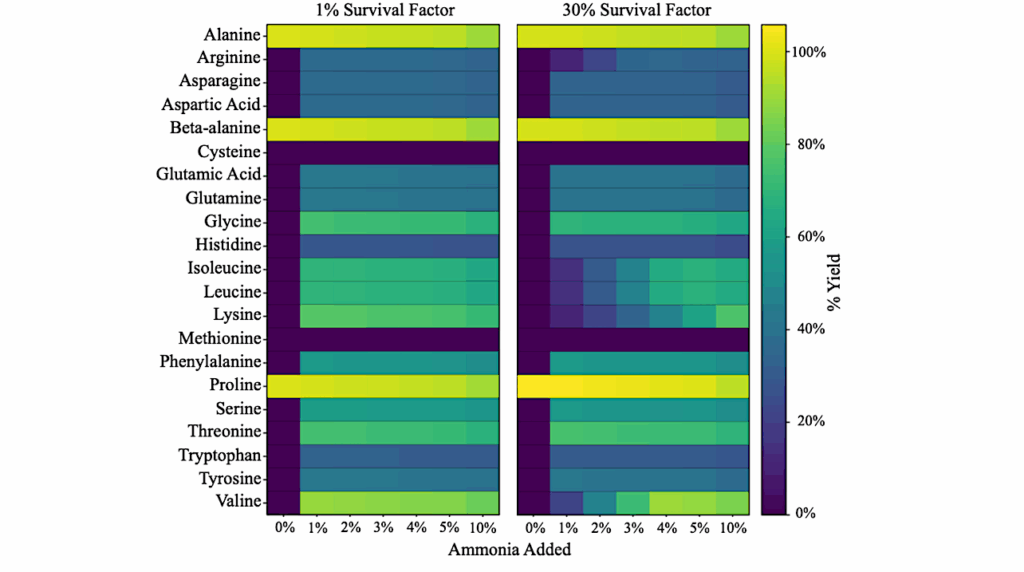The Atmospheres Of Rocky Exoplanets II. Influence Of Surface Composition On The Diversity Of Cloud Condensates

Clouds are an integral part of planetary atmospheres, with most planets hosting clouds. The understanding of not only the formation, but also the composition of clouds is crucial to the understanding of future observations.
As observations of the planet’s surface will remain very difficult, it is essential to link the observable high atmosphere gas and cloud composition to the surface conditions. We present a fast and simple chemical equilibrium (eq.) model for the troposphere of rocky exoplanets, which is in chemical and phase eq. with the crust.
The hydrostatic eq. atmosphere is built from bottom to top. In each atmospheric layer chemical eq. is solved and all thermally stable condensates are removed, depleting the atmosphere above in the effected elements. These removed condensates build an upper limit for cloud formation and can be separated into high and low temperature condensates. The most important cloud condensates for 1000K>T>400K are KCl, NaCl, FeS, FeS2, FeO, Fe2O3, Fe3O4. For T<400K H2O, C, NH3, NH4Cl, NH4SH are thermally stable. For even lower temperatures of T<150K CO2, CH4, NH3, H2S become stable. The inclusion of clouds with trace abundances results in the thermal stability of a total of 72 condensates for atmospheres with the different surface conditions (300K< T< 1000K and p=1bar,100bar). The different cloud condensates are not independent of each other, but follow sequences of condensation, which are robust against changes in crust composition, surface pressure, and surface temperature. Independent of the existence of water as a crust condensate H2O is a thermally stable cloud condensate for all investigated elemental abundances. However, the water cloud base depends on the hydration level of the crust. Therefore, the detection of water condensates alone does not necessarily imply stable water on the surface, even if the temperature could allow water condensation. Oliver Herbort, Peter Woitke, Christiane Helling, Aubrey L. Zerkle Comments: 25 pages, 12 figures, 9 tables, accepted for publication in A&A
Subjects: Earth and Planetary Astrophysics (astro-ph.EP)
Cite as: arXiv:2111.14144 [astro-ph.EP] (or arXiv:2111.14144v1 [astro-ph.EP] for this version)
Submission history
From: Oliver Herbort
[v1] Sun, 28 Nov 2021 13:49:16 UTC (23,132 KB)
https://arxiv.org/abs/2111.14144
Astrobiology,








